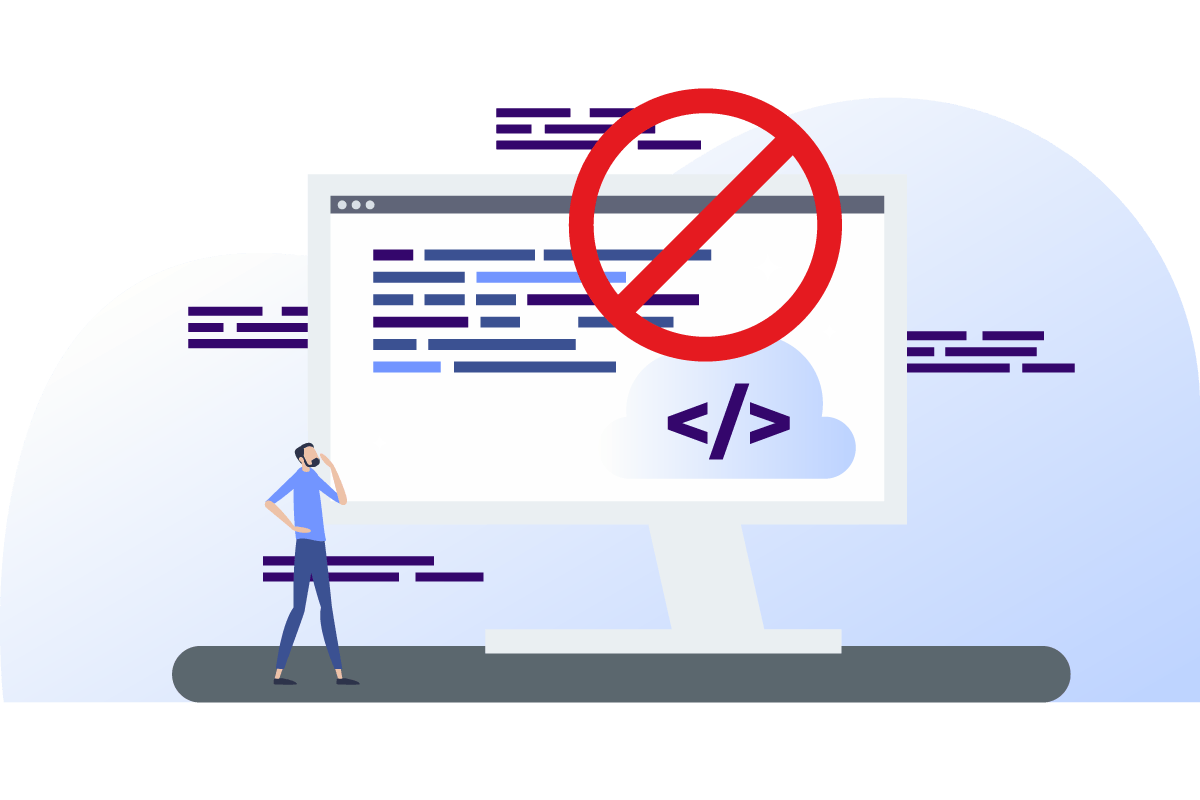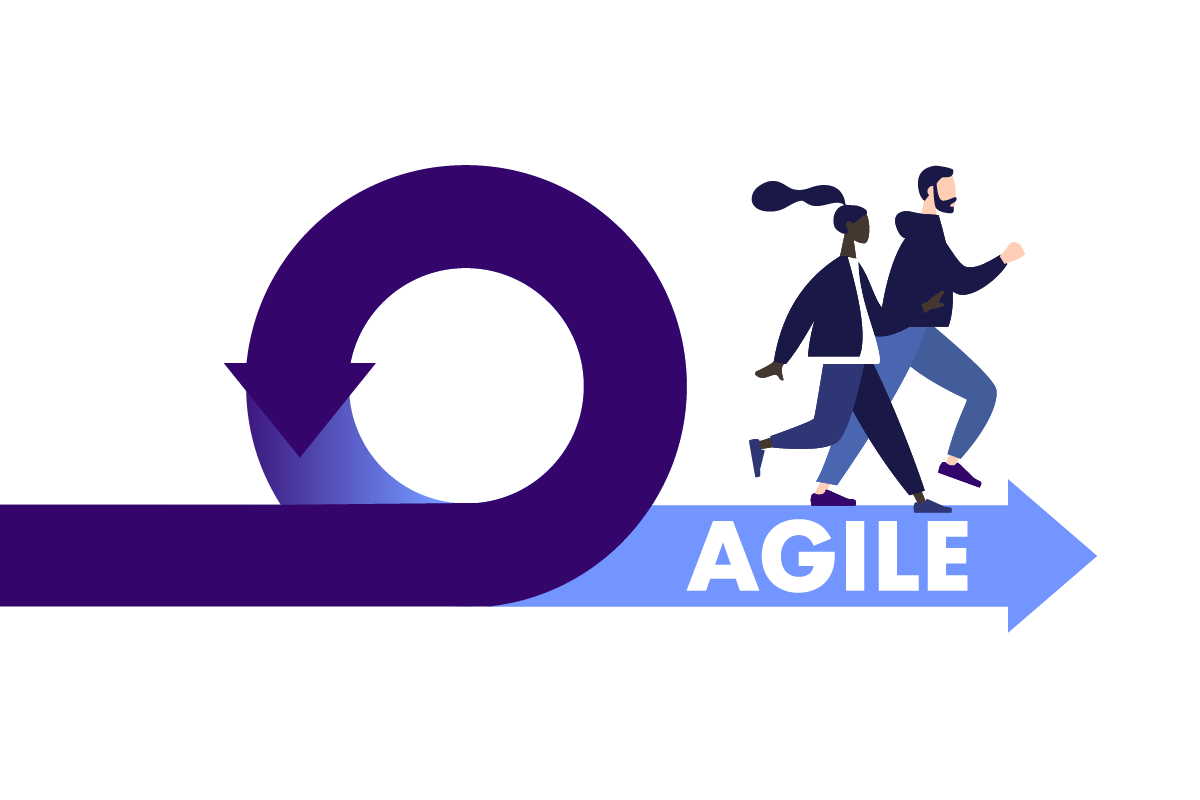What is low-code vs no-code and will it work for you?

In the last few years we’ve noticed great developments in the coding sector. It’s not the constant tech evolution that we’re used to that makes it remarkable, but rather the number of different business areas that are benefiting from these changes.
Think of the increased adoption of cloud computing allowing developers to build and use applications more easily and cost-effectively. Or even the emergence of blockchain technology and advancements in artificial intelligence and machine learning. Speaking of which, the next step is already in the works with platforms like Codex where little to no knowledge is needed to create coding for apps.
We know what you’re thinking… and the answer (for now) is no. AI and machine learning will not take our tech jobs but it will definitely facilitate some tasks for developers, allowing more time to work on challenging tasks or even to take up more work if our mental state allows it.
Let’s take a closer look at low-code vs no-code, and how to determine if it will work for you.
Low-code vs no-code: same but different
We can best describe low-code/no-code as software that allows the creation of apps and websites with minimal coding. The main idea is to simplify the development process and make it accessible to non-technical users. Thanks to this, users get to work with pre-built templates, drag-and-drop interfaces, and visual workflows that allow them to create the perfect layout for their digital needs. To name a few low-code platforms: Salesforce, Shopify, Mendix, OutSystems, and Microsoft Power Apps. You can find implementations of these platforms in various industries such as finance, healthcare, and retail, for applications such as workflow automation, customer relationship management, and supply chain management.
Reports by Forrester and Gartner from 2021-2022 predicted that low-code development is expected to become the dominant application development method by 2024, accounting for more than 65% of all application development activity. Without doing the necessary research, today in 2023, we can already foresee that low-code is already at the brink of an explosive increase.
Where low-code requires a minimal knowledge of coding, no-code development is a walk in the park. The no-code platforms that some of us might already be familiar with are Wix, Airtable and Zapier. The difference between these no-code and low-code is arguably neglectable for users with no zero coding knowledge. However, one of the notable differences probably is flexibility and customization: Low-code platforms typically provide more flexibility and customization options compared to no-code platforms.The pre-built templates and visual workflows built through low-code platforms allow users to tweak the codes if needed.
Truthfully, working with low-code/no-code has more advantages than disadvantages at the moment. Here are some of them listed:
- Cost-efficient: by reducing the need for extensive coding and enabling citizen users to participate in the application development process, time and money will be saved.
- Increased collaboration: low-code platforms provide a visual interface that makes it easy for multiple stakeholders to work together on a project, leading to increased collaboration and more efficient project management.
- Improved scalability: the ability to easily scale applications as your organization grows and evolves, easily meeting ever changing business requirements.
In summary, the advantages of using low-code or no-code solutions are clear, but determining if they’re the right fit for your business requires careful consideration. To make an informed decision, ask yourself the following questions:
- What is the purpose of your application?
- How do you envision the platform’s scalability in the long term?
- What is your budget and the desired timeframe for completion?
- Can your team access and understand the codes of the chosen SaaS platforms, if necessary?
Another crucial aspect to consider is the security of these platforms. Without access to the source codes, it’s difficult to assess potential vulnerabilities, which could put both your company’s and clients’ data at risk. Platform failures might also compromise your business operations.
In cases where you’re handling large amounts of data, we strongly recommend building your own infrastructure for enhanced security and control. Taking the time to address these questions will help you identify the best solution for your specific needs, whether it’s low-code, no-code, or a custom-built system.






